EV sales soar, but doubts emerge about long-term forecast
Electric vehicle sales boomed last year and now some of the biggest players in the car industry want a piece of the action.
New Cars
Don't miss out on the headlines from New Cars. Followed categories will be added to My News.
Australians will be spoiled for choice when it comes to new electric vehicles this year
Here are five of the most exciting new arrivals:
Toyota bZ4X
Toyota’s first EV is an SUV that is roughly the same size as the RAV4.
It was co-developed with Subaru, who will sell the same car with a Solterra badge in this market.
Pricing hasn’t been released but it’s unlikely to be cheap, as the Solterra starts at $77,990 plus on-road costs.

Volkswagen ID. 4
Another latecomer to the local EV market, the ID. 4 has been on sale for three years in Europe.
It’s expected to be priced similarly to the Toyota and Subaru and will take on the Tesla Model Y. A swoopy roofed, sportier version, the ID. 5, will also be offered.
VW claims a range of up to 550km between charges.
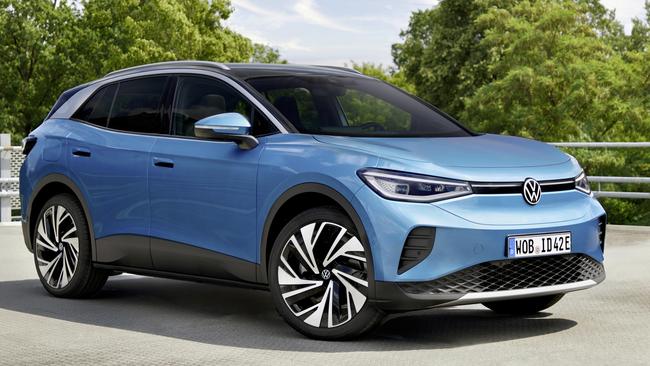
Kia EV5
This compact SUV will be the fourth EV in Kia’s line-up and is likely to be its more affordable than the mid-sized EV6 and the EV9 seven-seater.
A long range version is tipped to offer 720km between charges.
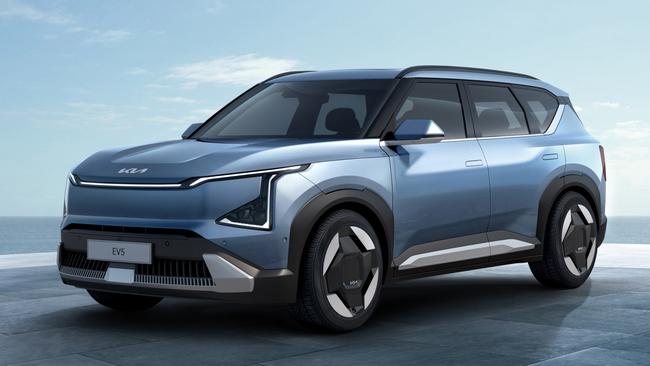
MG Cyberster
When the Chinese-owned SAIC took over MG, there was little to link the modern line-up of practical SUVs and hatchbacks with the British brand’s sporting heritage.
But that will change when the Cyberster two-door roadster arrives in the second half of the year, likely with a six-figure price tag and a claimed sub-four-second 0-100km/h time.
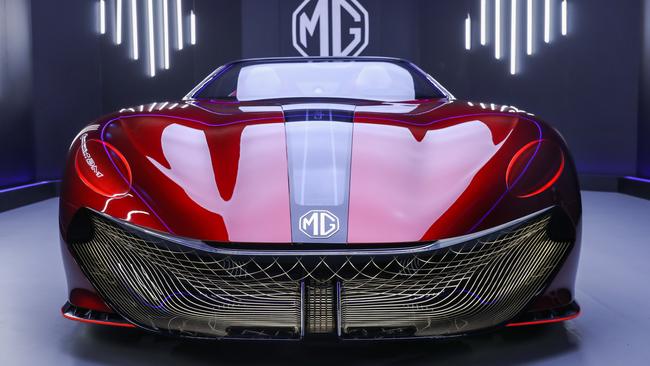
Hyundai Ioniq 5 N
Developed by the man who used to fettle go-fast BMWs, the Ioniq 5 N is a ballistic performance SUV that should change the way people view electric vehicles.
Drivers will be able to choose between supersonic jet sounds and fake race-car engine sounds, as long as they’re prepared to fork out $111,000 for the privilege.

MAINTAINING THE MOMENTUM
Electric car sales soared to new heights last year, driven by generous government incentives and the phenomenal success of Tesla, but experts believe it will be hard for the American car maker to maintain the momentum in 2024.
Tesla accounted for more than half the 90,000 EVs sold in 2023, as the market more than doubled in size.
Demand for new cars is softening as the cost of living crisis bites, state governments have wound back subsidies and the supply of new EVs is increasing.
Tesla in particular will struggle to maintain its sales trajectory, as market heavyweights Toyota, Volkswagen and Subaru enter the EV market for the first time and low-cost Chinese EVs undercut the Model Y and Model 3 on price.
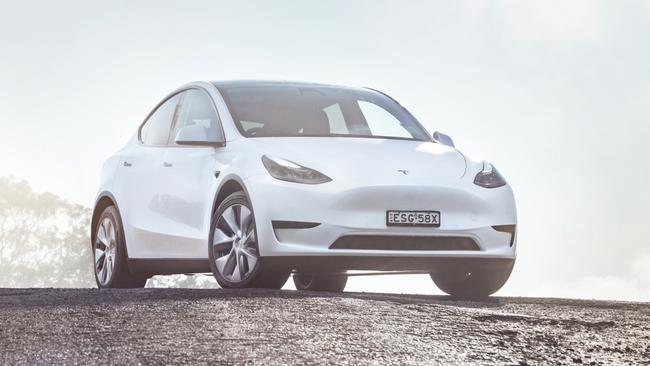
More than 25 new EVs will arrive from a variety of brands this year, pushing the choice of models well past 100. That points to EVs being a tougher sell in 2024.
One maker, Great Wall Motors, has already fired a shot in what could be a messy price war, dropping the price of its Ora electric hatchback by $4000 to about $37,000 drive-away.
Overseas experience suggests it may be hard to maintain the current growth in EV sales. After an initial flurry, sales softened in Europe and the US as governments removed generous incentives and makers pulled back on production schedules in the face of increasing supply and slowing orders.
At the same time, the lack of charging infrastructure created discouraging headlines, as big queues formed around charging bottlenecks during holiday times.
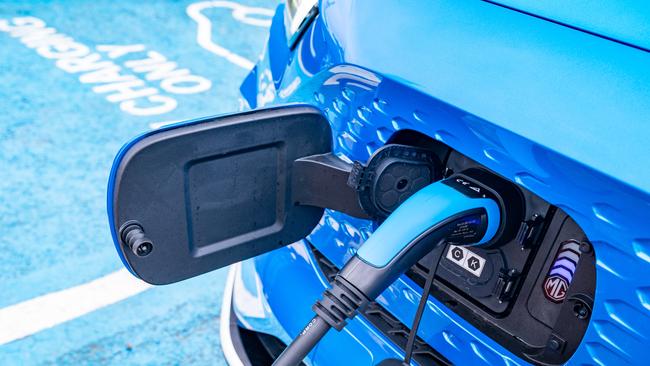
The Federal Government points out the number of charging stations has increased by about 70 per cent in the past 12 months and there are now about 800 charging stations supporting about 2000 fast and ultra-fast chargers.
But with more than 170,000 EVs on the road, that still works out at one charger for every 85 EVs.
Electric Vehicle Council chief executive Behyad Jafari said the amount of money being invested in charging stations by large corporations, including traditional fuel companies, was a vote of confidence in the technology.
“What gets me quite excited is the amount of companies investing quite a lot of money in building out all those chargers,” he said.
He said the outlook for EV sales in 2024 was “looking pretty healthy” given “the amount of cars coming in different shapes and sizes”.
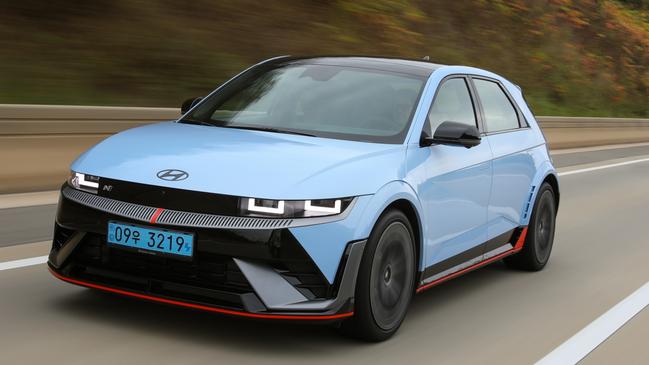
“One thing that we know is that as more different electric vehicle options are made available, sales keep going strong,” he said.
“In the last three years we’ve doubled our electric vehicle sales every year. Doing that this year is going to be a lot harder because the numbers are higher – we’d have to hit 200,000 electric vehicle sales.
“I don’t think it’s unachievable. It’d be a big ask but I think it’s certainly something that we could be looking at come this time next year,” he said.
Last year, EVs made up 7.5 per cent of the new-car market, compared with roughly 2 per cent the year before.
One of the driving forces behind the surge in EV sales was the government’s Fringe Benefits Tax exemption for company vehicle buyers.
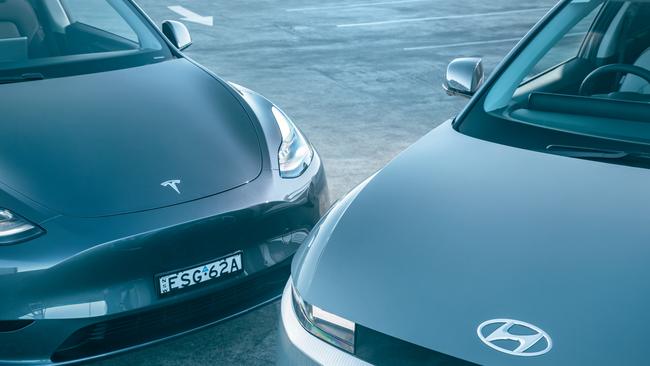
The government claims buyers on a novated lease through work can save up to $11,000 a year in lease payments on a $50,000 electric car.
That can make a circa-$70,000 Tesla Model 3 cheaper to lease per month than a petrol Mazda3 hatchback.
The National Automotive Leasing and Salary Packaging Association (NALSPA) said the FBT exemption had been a game-changer.
Chief executive Rohan Martin said the tax break meant EVs “had never been more affordable”.
And he predicted the growth would continue this year.
“We remain optimistic electric vehicle sales will continue to accelerate this year as awareness about the benefits of EVs and the EV FBT exemption grows, and supply continues to improve,” he said.
Mr Jafari said the recent influx of more affordable electric vehicles from China would also have an impact.
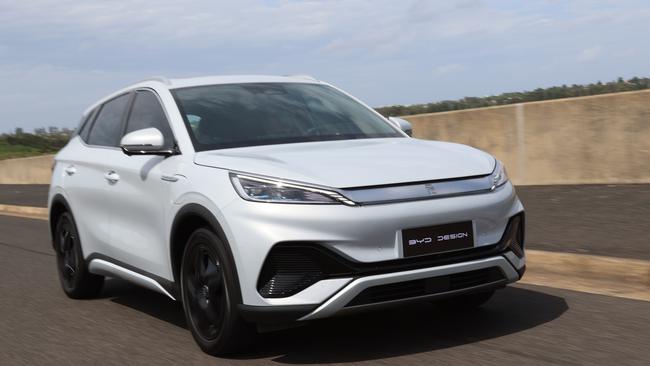
“What’s been really interesting is the relatively new car brands and the impact they’ve been able to have. They’ve been able to provide really great products at cheaper prices and Australians have been really keen to buy them,” he said.
Their arrival had changed EV buyer demographics from inner-city early adopters to budget-conscious suburban and regional buyers.
“Over the last year, we’ve seen electric vehicle sales moving to the outer suburbs of cities as well as increasingly to regional and rural Australia,” he said.
There is no specific data but industry insiders say that sales of Tesla and BYD – who together make up two-thirds of the EV market – have been strong in areas such as Camden in NSW, Weribee South in Victoria, Springfield Lakes in Queensland and Happy Valley in South Australia, as well as regional centres such as NSW’s Port Macquarie.
Mr Jafari said the entry of Toyota into the EV market would also help in regional areas.

“I think it provides that comfort for consumers to know that this is a journey that every company is going on. There’s an agreement that the future of the market is in zero emissions vehicles.”
Toyota’s entry into the market is important because the brand has been criticised by environmental groups for lobbying governments to slow the introduction of electric vehicles.
The Japanese giant has argued that petrol-electric hybrid vehicles should continue to play a significant role in the path to zero emissions.
Toyota Australia director of sales and marketing Sean Hanley said the brand was committed to EVs but was merely arguing for an orderly transition that included “more affordable and practical hybrids”.
He said the company planned to have 10 battery electric vehicles by 2026.
“We know BEVs like the bZ4X will play an increasingly important role in cutting carbon.
“For us, it has never been a question of if we should launch BEVs, but only when. Now is absolutely the right time,” he said.
NEVER GOING BACK TO PETROL
Marketing consultant Philip Shelper traded his Volkswagen Golf for a BYD Atto electric SUV 12 months ago and has no regrets.
”It is literally the best car I’ve ever owned in my life. It’s just exceptional,” he said.
Environmental concerns played a part in his purchase decision, but he said he was also drawn by the technology available in the car, including the voice recognition software that allows him to operate various functions with voice commands.
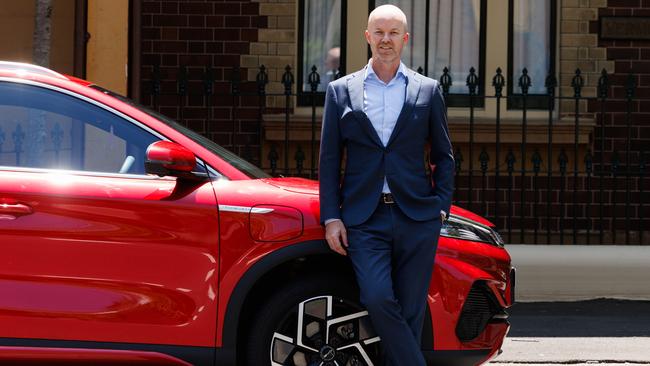
He recently drove from Sydney to Mullumbimby on the far north coast of NSW – a 16-hour return drive – and said “charging wasn’t a problem” on the journey.
“There’s a good series of chargers all the way along the freeway. I never had to wait more than 15 to 20 minutes to get a charger and the car charges from 25 to 100 per cent in less than an hour. So it worked out really well,” he said.
Around town, he keeps it topped up by plugging it in at home.
“It’s very convenient in that sense,” he said.



